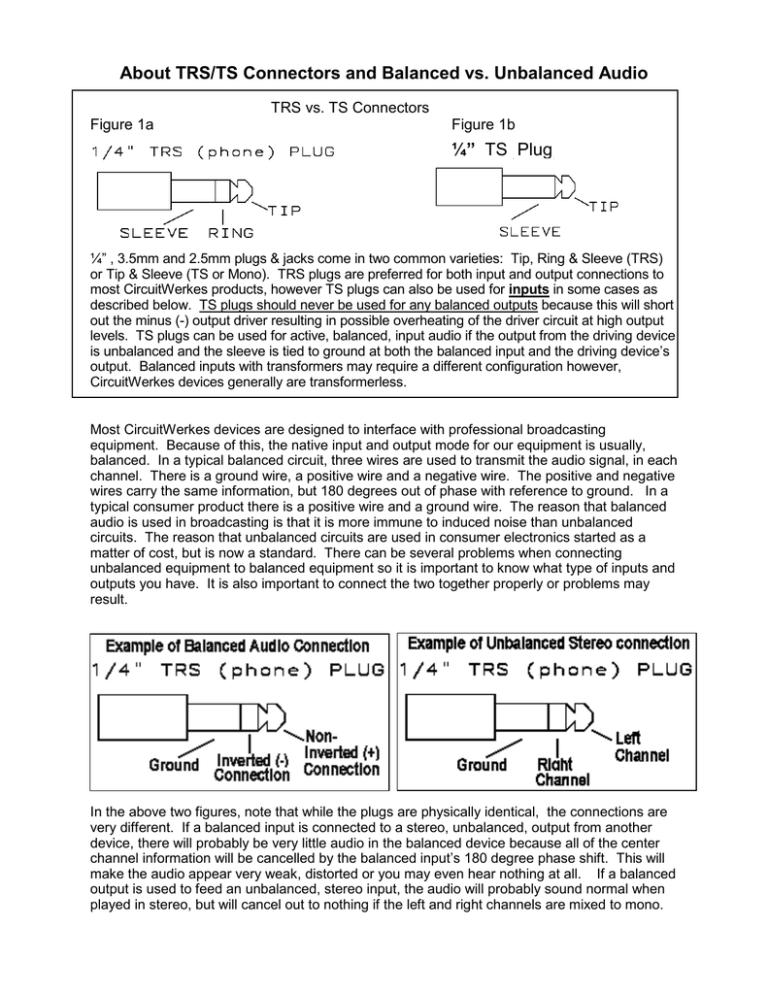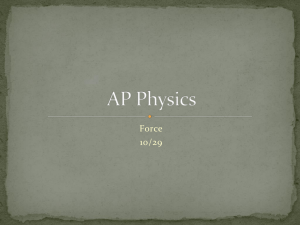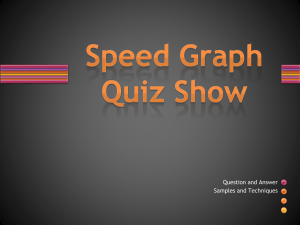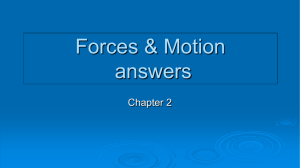About TRS/TS Connectors and Balanced vs. Unbalanced Audio ¼
advertisement

About TRS/TS Connectors and Balanced vs. Unbalanced Audio TRS vs. TS Connectors Figure 1a Figure 1b ¼” TS Plug ¼” , 3.5mm and 2.5mm plugs & jacks come in two common varieties: Tip, Ring & Sleeve (TRS) or Tip & Sleeve (TS or Mono). TRS plugs are preferred for both input and output connections to most CircuitWerkes products, however TS plugs can also be used for inputs in some cases as described below. TS plugs should never be used for any balanced outputs because this will short out the minus (-) output driver resulting in possible overheating of the driver circuit at high output levels. TS plugs can be used for active, balanced, input audio if the output from the driving device is unbalanced and the sleeve is tied to ground at both the balanced input and the driving device’s output. Balanced inputs with transformers may require a different configuration however, CircuitWerkes devices generally are transformerless. Most CircuitWerkes devices are designed to interface with professional broadcasting equipment. Because of this, the native input and output mode for our equipment is usually, balanced. In a typical balanced circuit, three wires are used to transmit the audio signal, in each channel. There is a ground wire, a positive wire and a negative wire. The positive and negative wires carry the same information, but 180 degrees out of phase with reference to ground. In a typical consumer product there is a positive wire and a ground wire. The reason that balanced audio is used in broadcasting is that it is more immune to induced noise than unbalanced circuits. The reason that unbalanced circuits are used in consumer electronics started as a matter of cost, but is now a standard. There can be several problems when connecting unbalanced equipment to balanced equipment so it is important to know what type of inputs and outputs you have. It is also important to connect the two together properly or problems may result. In the above two figures, note that while the plugs are physically identical, the connections are very different. If a balanced input is connected to a stereo, unbalanced, output from another device, there will probably be very little audio in the balanced device because all of the center channel information will be cancelled by the balanced input’s 180 degree phase shift. This will make the audio appear very weak, distorted or you may even hear nothing at all. If a balanced output is used to feed an unbalanced, stereo input, the audio will probably sound normal when played in stereo, but will cancel out to nothing if the left and right channels are mixed to mono.




